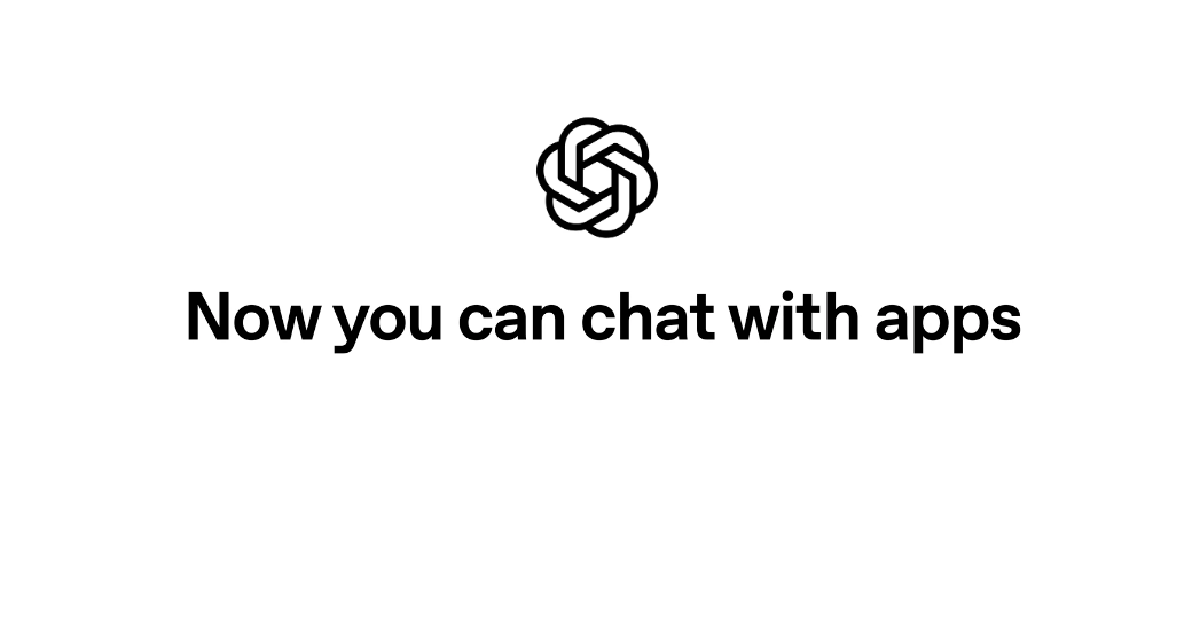OpenAI just introduced Apps in ChatGPT—a new way to interact with your favorite services through natural conversation. Instead of switching between apps, you can now control Spotify, design in Canva, or search Zillow without leaving ChatGPT.
What Are ChatGPT Apps?#
ChatGPT Apps blend interactive elements seamlessly with natural language. You can say “Spotify, create a playlist for my party this Friday” and ChatGPT activates the Spotify app to curate it. Planning a trip? ChatGPT can suggest the Booking.com or Expedia app mid-conversation, letting you browse and book directly without context switching.
The intelligence goes beyond simple commands. ChatGPT understands conversation context and suggests relevant apps at the right moment. Discussing home buying? The Zillow app appears with an interactive map. Working on a presentation? Figma and Canva integrate right into your workflow.
This isn’t just another API integration. It’s a fundamental shift from AI as an information provider to AI as an active assistant that orchestrates multiple services through natural conversation.
The Apps SDK: Build Your Own#
OpenAI released the Apps SDK to let developers create these integrated experiences. The SDK is built on the Model Context Protocol (MCP), an open standard for connecting AI assistants with external services.
The open-source nature of the SDK is strategic. By standardizing on MCP, OpenAI is betting on interoperability—apps built for ChatGPT could potentially work across different AI platforms that adopt the protocol.
Key capabilities:
- Natural language interface: Users interact through conversation, not traditional UI
- Rich interactions: Apps can display custom UI elements and interactive interfaces within ChatGPT
- Custom chat logic: Developers design how their apps respond to conversational context
- Seamless integration: Services work together without context switching
- Platform access: Tap into ChatGPT’s extensive user base
- Standard protocol: Built on open MCP for broader ecosystem compatibility
Early Partners#
The initial wave of apps demonstrates the breadth of possibilities:
- Spotify: Music playback, playlist curation, and discovery
- Canva: Design creation and editing for presentations, social media, and marketing
- Figma: Collaborative design work and prototyping
- Zillow: Real estate search with interactive maps and property details
- Booking.com & Expedia: Travel planning, hotel search, and booking
- Coursera: Course discovery and learning recommendations
These partnerships span entertainment, productivity, travel, education, and commerce—showing that conversational interfaces can work across virtually any vertical.
Why This Matters#
This release signals a shift from AI as a chat interface to AI as an application platform. ChatGPT is positioning itself as a central hub where users accomplish multiple tasks without jumping between applications.
For users, this means genuinely reduced friction. Instead of “I need to create a playlist, let me open Spotify” followed by manual searching and organizing, you simply tell ChatGPT what you want in natural language. The AI handles both understanding your intent and orchestrating the right service.
The contextual awareness is particularly powerful. ChatGPT doesn’t just wait for explicit commands—it proactively suggests apps when they’re relevant to the conversation. Discussing weekend plans? It might surface travel booking apps. Brainstorming business ideas? Design and presentation tools appear naturally.
The Model Context Protocol foundation means these integrations could work across different AI assistants, not just ChatGPT. This opens the door to a more interoperable AI ecosystem where apps are built once and work everywhere, similar to how web apps work across browsers.
For Developers#
The Apps SDK gives developers a new distribution channel and interaction model. Instead of competing for app store placement or driving users to separate interfaces, you can meet users where they’re already having conversations—tapping into ChatGPT’s massive existing user base.
The conversational interface also removes friction—users don’t need to learn new UIs or remember specific commands. They just describe what they want in natural language. This lowers the barrier to discovery and engagement significantly.
Beyond immediate access to users, OpenAI is building a formal app ecosystem. Later this year, they’ll open submissions for review and publication, creating a marketplace where developers can showcase and potentially monetize their applications. This mirrors the app store model but within a conversational AI platform.
The strategic implications are significant: businesses can now integrate their services directly into AI-driven workflows, creating new touchpoints for real-time engagement without requiring users to leave their natural conversation flow.
Safety and Privacy Considerations#
OpenAI has emphasized strict policies for app developers. All apps must be appropriate for all audiences and transparent about data usage. Developers are required to provide clear privacy policies and collect only necessary data.
This focus on safety is crucial as ChatGPT becomes a platform for third-party integrations. Users need confidence that apps won’t misuse data or create inappropriate experiences within their conversational workflows.
The review process OpenAI is implementing for app submissions suggests they’re taking curation seriously, balancing openness to developers with protection for users.
Getting Started#
The Apps SDK is available now for developers to start building and testing integrated experiences in ChatGPT. Early partner apps are already rolling out to users, demonstrating the platform’s capabilities.
For developers interested in building apps, the SDK documentation provides the technical framework, while the upcoming submission process will enable broader distribution. For users, watch for app suggestions to appear naturally in your ChatGPT conversations as the ecosystem grows.
Learn more: Check out the official announcement and explore the Apps SDK documentation to start building.


